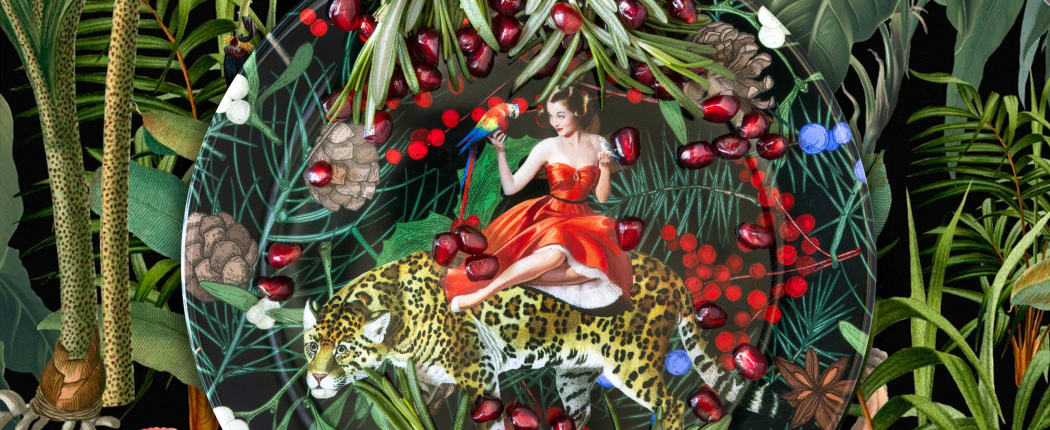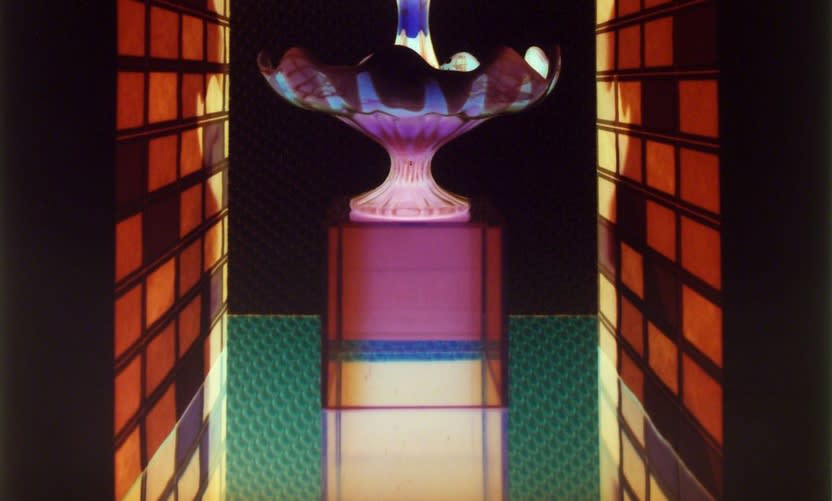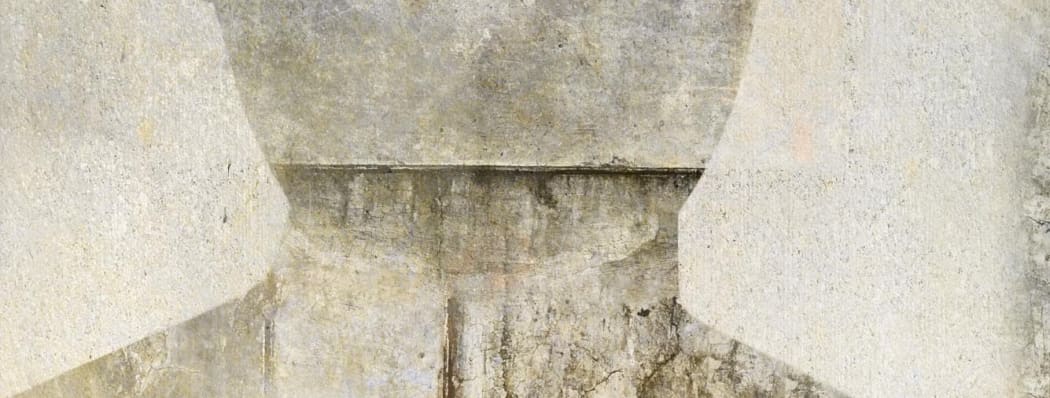-

JP Terlizzi's Creatures of Curiosity
By Geoffrey C. KoslovThe production of artwork flows from the release of something inside an artist that drives their creative expression. JP Terlizzi is an artist that uses his abilities to envision and build ephemeral works of art that are memorialized as photographs. In Creatures of Curiosity and Garden Symphonies, Terlizzi revisits his earlier works in The Good Dishes and Holding Arabesque, with several new twists. Terlizzi comments that, for him, “The Good Dishes integrates memory, legacy, and metaphor with my response to loss. Without fail, when it came to the family’s fine china, that item was always given to the person that most cherished its memory and sentimental value.” Following that series, the Covid crisis opened a door to additional creative expression: “Holding Arabesque was inspired by the shifts in my life brought on by a result of the pandemic. It was about craving stability in a time of instability. I built these food totems to push their stability as my response. Humor and Nostalgia are known coping mechanisms we resort to when we experience high stress or trauma… I was craving happier times.” As our culture began moving past social isolation, his visual engagement became bolder, first evolving into Garden Symphonies, and then Creatures of Curiosity.
-
 © Claire Rosen, Floral Still Life No. 1114
© Claire Rosen, Floral Still Life No. 1114Still Life Stories: Fabled Flora
By Geoffrey C. KoslovA “still life,” whether a painting, photograph or a multimedia creation, brings to mind an assembly of flowers, bowls, bottles, and other objects, natural or man-made, arranged on some type of table surface. What constitutes a “still life” is broad and flexible with no defined rules. We think we will know it when we see it, to paraphrase an expression. With that in mind, a more serious still life work goes beyond a random assemblage of objects. It is a directed purposeful creation that conveys messages through a selection of objects imbued with symbolism from custom or religious association. Looking at the still life photography of Claire Rosen, Yelena Strokin, Robert Langham III, and Julia McLaurin in the exhibition “Fabled Flora,” we examine four different approaches to this art genre that literally span centuries of creative effort.
-
 © JP Terlizzi, Empress Royal Hague Blue Floral with Orange (2019)
© JP Terlizzi, Empress Royal Hague Blue Floral with Orange (2019)The Good Dishes: The Art of JP Terlizzi
By Geoffrey C. Koslov“The Good Dishes” by JP Terlizzi is photography-based artwork with a foundation in family tradition, history and culture. He broadens a classic still-life genre into a series of images that celebrate life and memory. “The Good Dishes integrates memory, legacy, and metaphor with my response to loss. As I witness an early generation of family members pass, my cousins and I were each tasked with the emotional challenge of cleaning out the family home. Sorting through the heirlooms, we would determine which items to toss, sell, or preserve. Without fail, when it came to the family’s fine china, that item was always given to the person that most cherished its memory and sentimental value.”
-
 © Robert Calafiore, Untitled (2016)
© Robert Calafiore, Untitled (2016)Images Without a Lens: The Art of Robert Calafiore
By Geoffrey C. KoslovBefore there were cameras with a glass lens, whether on a phone or any one of the many styles of “camera” available today, images were seen on walls and floors as light traveled through tiny holes in barriers between an interior space and the outside world. Before people understood how images could be captured, light entering a darkened space intrigued, amazed and even frightened early humans. Robert Calafiore has practiced the art of using a pin-sized hole on a dark, light-tight box, to capture an image on light sensitive paper. He has brought forward the most ancient of image creation traditions and reintroduced it into our digital dominated modern age.
-

Still Life Photomontage: Works of Torrie Groening
By Geoffrey C. KoslovCombining photographs and using different media with photographs has been part of photography ever since its beginnings in the mid-1800s. (1) There are a number of words to describe these works. Most often the words used, many times interchangeably, are: collage, montage and bricolage. Torrie Groening (2), a Vancouver-based Canadian artist, is a master printer who embraces the use of photography with other media. Her work is a combination of drawing, painting, printmaking and photography, with a keen eye towards the use and organization of color.
-

Innovation from Photo Lucida 2017
By Geoffrey C. KoslovLast month at Photo Lucida in Portland, Oregon there were opportunities to make new photographic discoveries. Innovation in photography is evident in both traditional analog silver gelatin prints and digital archival-pigment prints. The old technologies coexist with the new. In each of the following situations, the photographer found the ordinary and made it special, in the spirit of Elliott Erwitt’s comment:
“To me, photography is an art of observation. It’s about finding something interesting in an ordinary place… I’ve found it has little to do with the things you see and everything to do with the way you see them.”
RJ Kern